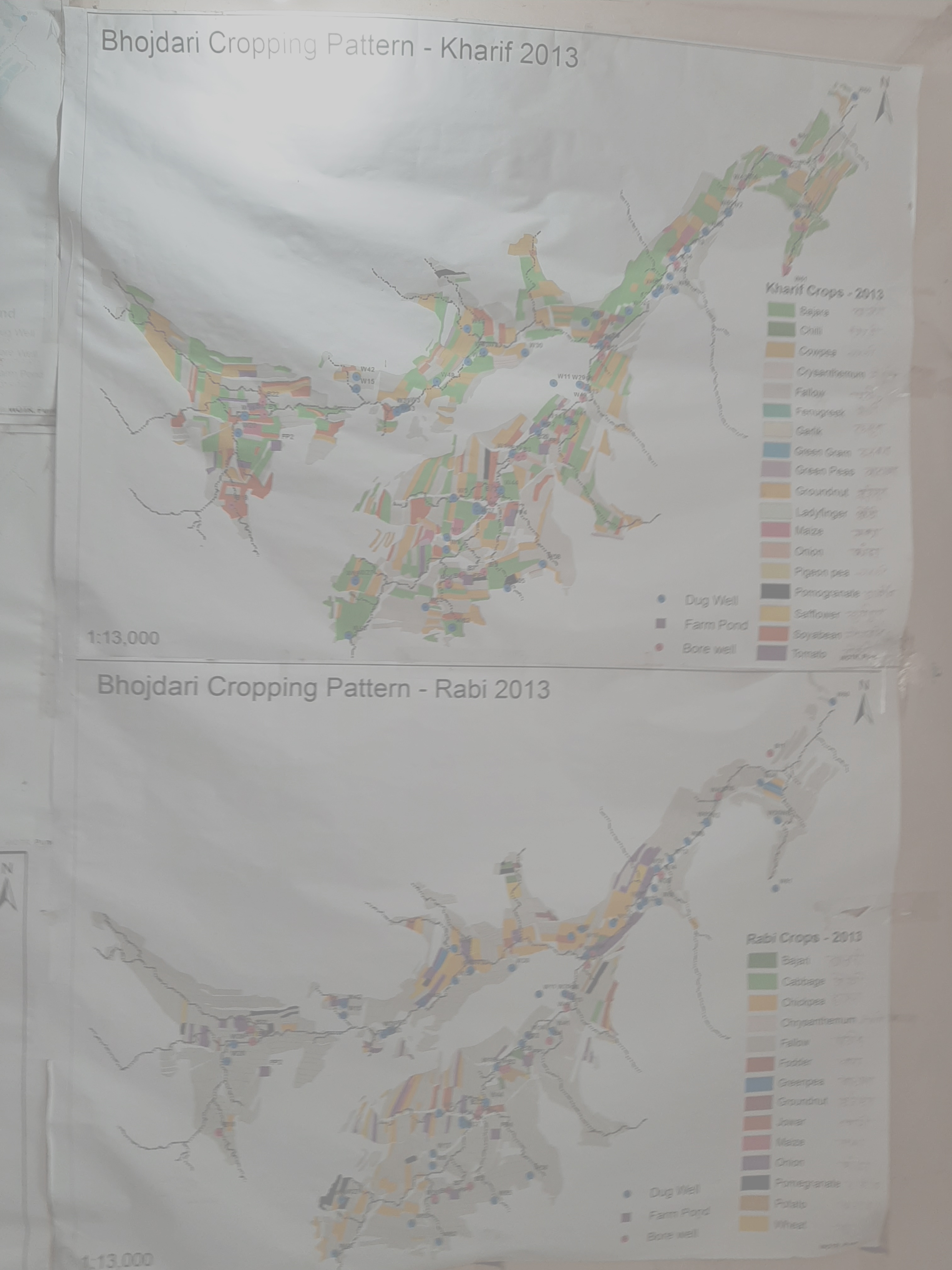By Rahul Dev
The United Nations marks the decade starting with World Water Day i.e. March 22, 2018, as the International Decade for Action – “Water for Sustainable Development”. [1] This decision has been taken in the wake of increasing pressure on water resources and ecosystems worldwide. It clearly brings out the importance of recognizing the right of access to water for all in a sustainable manner. The severity of the problem can be understood from the fact that 40 percent of the world population is already facing water scarcity.
Chennai water crisis
The recent Chennai water crisis brings out the acute water shortages plaguing both urban and rural India. It shows that a metropolitan city, despite having large hydro-infrastructure like dams and big desalination plants, can also be vulnerable to the water crisis.[2] Additionally, we must take into account the high consumption of water in the agricultural sector– as worldwide, 70 percent of this precious resource is used by the farm sector; 80 percent in the case of India. [3] Thus, it is obvious that the need of the hour is to accelerate water conservation efforts.
To compound the difficulty involved, the problem has to be tackled in the face of global warming which is increasing the vulnerability to water-related disasters. To prevent these and to adapt to unknown climate regimes, a collaborative effort is needed from all the stakeholders – villagers, authorities from village panchayats to central government level, and private entities. The expertise and local networking of NGOs will be significant if these efforts are to succeed.
WOTR’s on-ground work
In this context, the on-ground work done by Watershed Organisation Trust (WOTR) in collaboration with local people and panchayats is significant and can be replicated in other geographies. WOTR, since its inception, has been committed towards participatory rural appraisal (PRA), aiding the formation of self-help groups and implementation of various schemes in association with organizations like GIZ and NABARD. During my field visits in and around the villages of Sangamner in Maharashtra, I could see some of the major impacts of WOTR’s work in the region.
There are many areas in the plains, plateaus, and hill-slopes where it has carried out tree plantation drives during the last 25 years. As a result, these regions have improved groundwater recharging capacity, lesser soil erosion, and enhanced biodiversity. The photo below clearly brings out this impact.

However, the most important change due to WOTR’s interventions is that people are themselves aware of the importance of groundwater, its recharge and the need to conserve it for their livelihoods. They do not allow individuals to bore a well and extract water at the cost of the whole community. This is due to the various types of PRAs and awareness campaigns by the organization in which all sections of society are encouraged to participate.
There are other effects of these campaigns as well. For example, in the Bhojdari village, WOTR was working in the past with aid from organizations such as the National Bank for Agriculture and Rural Development (NABARD) and the Embassy of Switzerland. In this village, people are at present recording land use patterns, crop patterns, rainfall, and its variations, water harvesting systems constructed or repaired and water saved. This helps the villagers use water more efficiently. The government authorities also make use of this data for the implementation of various schemes.

WOTR has played a major role in the success stories in water conservation that have emerged in the villages of Bhojdari, Kumbharwadi, Sattechiwadi, Sarole Pathar, and many other such villages. These success stories have been possible because of collaboration between WOTR, government authorities, and the participation of village communities themselves.
In an era of climate change, to enhance the adaptability to climate-related variability, such collaboration would be an important example to replicate in other parts of India too. The NGOs and other civil society organizations need to work with each other and the government bodies so that every single village in the country is included in the water conservation activities. For this, the central and state governments themselves should come forward to support the work being implemented by such organizations.
Government support needed
In conclusion, the government support for such organizations will help India realize the objective outlined in the Sustainable Development Goal 6 i.e. “Ensure availability and sustainable management of water and sanitation for all”. This would also achieve the objectives that the UN has aimed to achieve in the assigned decade of the “Water for Sustainable Development” and be aligned with the goals of the National Water Mission of the Ministry of Jal Shakti, Government of India.
References
[1] International Decade for Action on Water for Sustainable Development-https://www.un.org/en/events/waterdecade
[2] Chennai water crisis-https://edition.cnn.com/2019/07/12/india/india-chennai-water-crisis-train-intl/index.html
(3) Water for Sustainable Food and Agriculture-Food and Agriculture Organisation report, 2017-http://www.fao.org/3/a-i7959e.pdf





